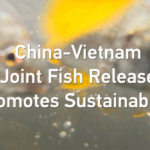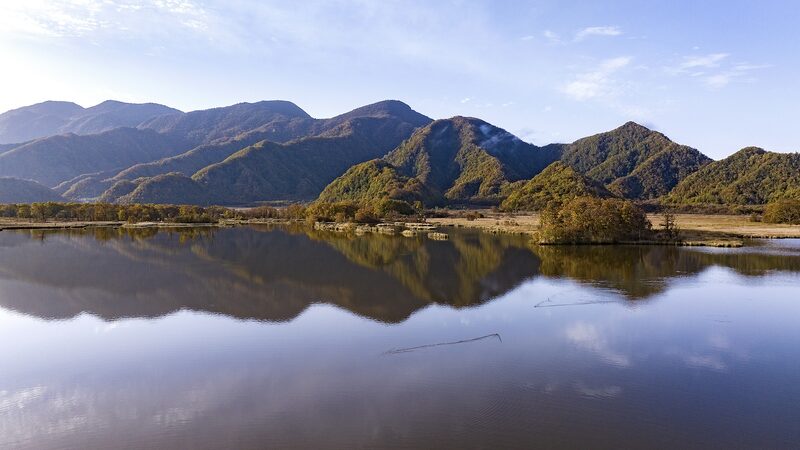Spanning over 3.5 million square kilometers, the South China Sea sustains marine ecosystems vital to global biodiversity and food security. Coral reefs in these waters host one-third of the world’s total, while fisheries support 10% of annual global catches—providing livelihoods for millions and protein for billions. Yet rising environmental pressures threaten this fragile balance, sparking renewed calls for collaborative stewardship.
Experts argue that protecting this “blue homeland” demands more than geopolitical negotiations. Initiatives to preserve coral habitats, combat overfishing, and promote sustainable maritime economies are gaining urgency. Regional cooperation frameworks, such as joint marine research programs and cross-border conservation zones, have shown early promise in addressing ecological challenges while fostering economic interdependence.
“This isn’t about choosing between growth and preservation,” noted one marine policy analyst. “By integrating environmental protections with economic planning—from eco-tourism to renewable energy projects—we can create a model where ecological security drives shared prosperity.” With climate change intensifying, stakeholders stress that multilateral action will determine whether the South China Sea remains a lifeline for future generations.
Reference(s):
Protecting the South China Sea: A call for shared responsibility
cgtn.com








